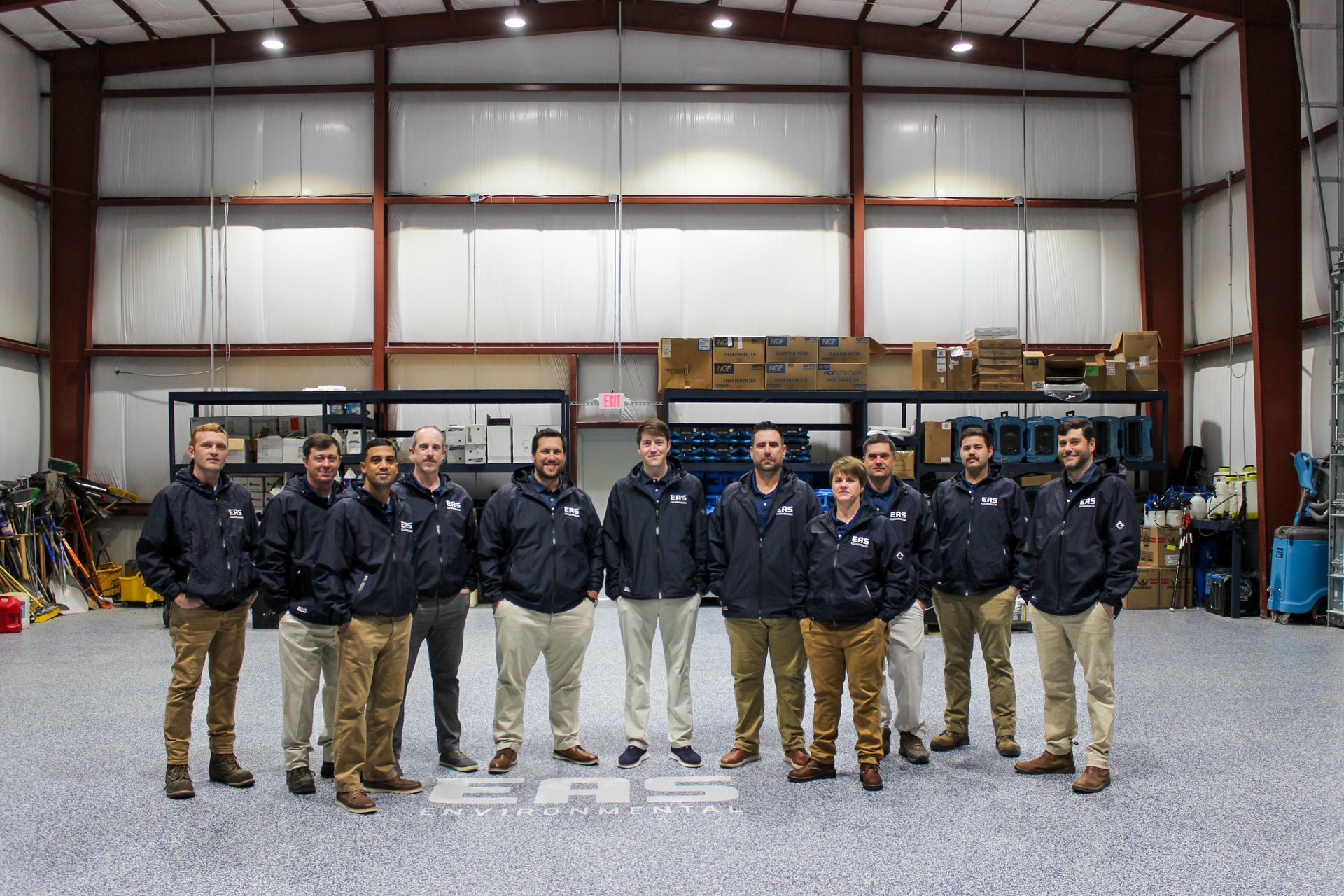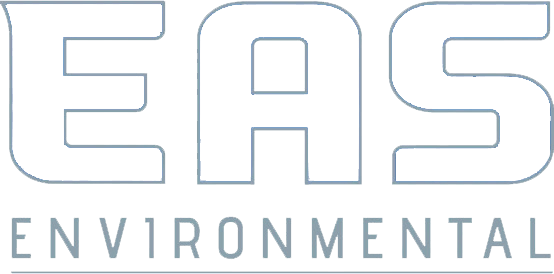
Welcome to our blog, where we will discuss the importance of waterproofing exterior crawl space walls. Crawl spaces are prone to moisture intrusion, and if the exterior walls are not properly waterproofed, it can lead to a host of problems. In this article, we will explore why waterproofing exterior crawl space walls is necessary to protect your home's foundation, prevent water damage, and maintain a healthy living environment.
Keeping Water Out
Keeping water out is essential when it comes to protecting your crawl space and maintaining a healthy home environment. Water intrusion into the crawl space can lead to a range of issues, including mold growth, rotting wood, and structural damage. By implementing effective waterproofing measures, you can keep water out and safeguard your crawl space from these potential problems.
The first step in keeping water out is to properly seal the exterior walls of your crawl space. This involves applying a waterproofing membrane or coating to create a barrier that prevents water from penetrating the walls. Additionally, ensure that the area surrounding your home is properly graded to direct water away from the foundation. Proper gutter and downspout maintenance is also crucial to ensure that rainwater is effectively channeled away from the crawl space. By addressing these key aspects of waterproofing, you can effectively keep water out and protect your crawl space from the damaging effects of moisture.
In conclusion, keeping water out is vital for the health and longevity of your crawl space and home. By implementing proper waterproofing techniques, such as sealing the exterior walls and ensuring proper drainage, you can prevent water intrusion and the associated problems it can cause. Taking proactive measures to keep water out will help maintain a dry and structurally sound crawl space, promoting a healthier and more comfortable living environment.
Why Exterior Crawl Space Wall Waterproofing is a Must
Exterior crawl space wall waterproofing is an essential step in protecting your home from water damage and ensuring the longevity of your foundation. Crawl spaces are particularly susceptible to moisture intrusion, which can lead to a range of issues such as mold growth, wood rot, and compromised structural integrity. By implementing proper exterior crawl space wall waterproofing, you create a robust barrier that keeps water out and safeguards your home.
One of the primary reasons why exterior crawl space wall waterproofing is a must is to prevent water from seeping into your crawl space. Moisture can enter through the exterior walls, especially during heavy rainfall or when the ground is saturated. Waterproofing these walls with an effective membrane or coating prevents water infiltration, protecting your crawl space and preventing potential water damage to your foundation. This helps to maintain the structural integrity of your home and prevents costly repairs down the line.
Moreover, exterior crawl space wall waterproofing also helps to control moisture and humidity levels in the crawl space. By preventing water intrusion, you reduce the risk of mold and mildew growth, which can negatively impact indoor air quality and pose health risks. Additionally, controlling moisture in the crawl space helps to preserve the condition of insulation, HVAC systems, and other components that may be vulnerable to water damage. Overall,
exterior crawl space wall waterproofing is a vital investment that ensures the long-term stability and health of your home.
How Waterproofing Exterior Crawl Space Walls Protects Your Home
Waterproofing the exterior crawl space walls is a crucial measure to protect your home from various potential damages. By creating a strong barrier against water intrusion, you shield your home's foundation and structural integrity from harm. When water seeps into the crawl space through unprotected exterior walls, it can lead to issues such as mold growth, wood rot, and even foundation instability. Waterproofing these walls prevents water from entering, significantly reducing the risk of these problems and ensuring the long-term stability of your home.
In addition to safeguarding your foundation, waterproofing the exterior crawl space walls also contributes to maintaining a healthy living environment. Water intrusion can create an ideal environment for mold and mildew growth, which can release harmful spores into the air. By preventing water from entering the crawl space, you mitigate the risk of mold-related health issues such as allergies and respiratory problems. This protective measure helps to promote better indoor air quality and a safer living environment for you and your family. Waterproofing the exterior crawl space walls is a proactive step to protect your home from water-related damages and maintain a healthy living space.
FAQs
Contact EAS Environmental Today!
EAS Environmental will do everything we can to ensure your experience with us is excellent.
Request A FREE Estimate
Request a Free Estimate Form
Checkout Recent Post
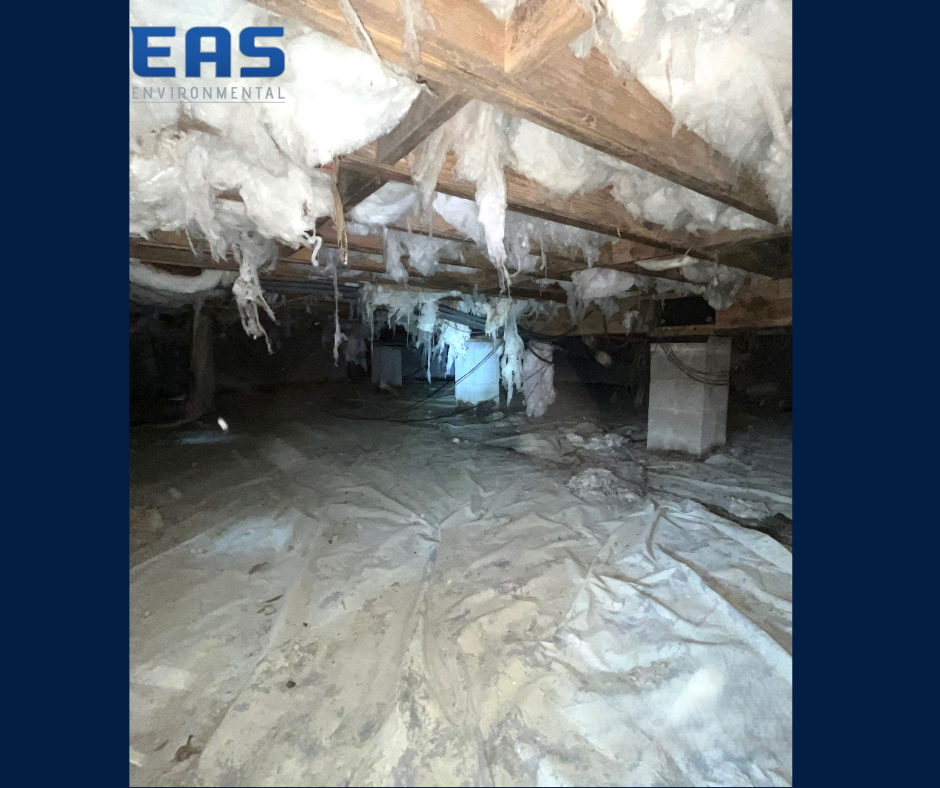
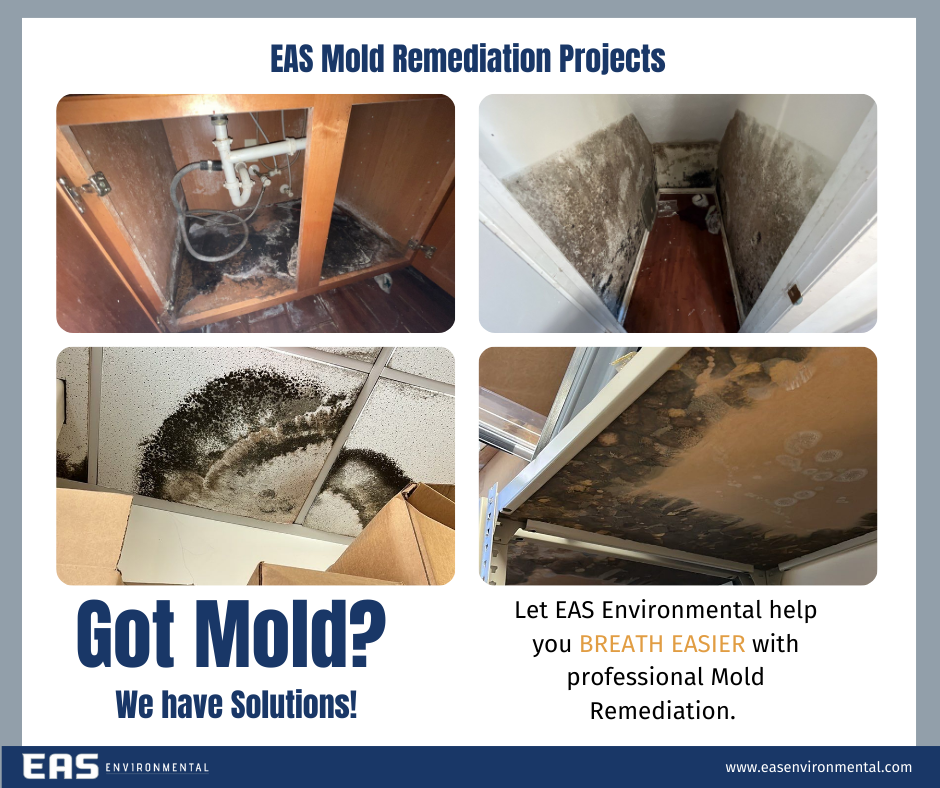
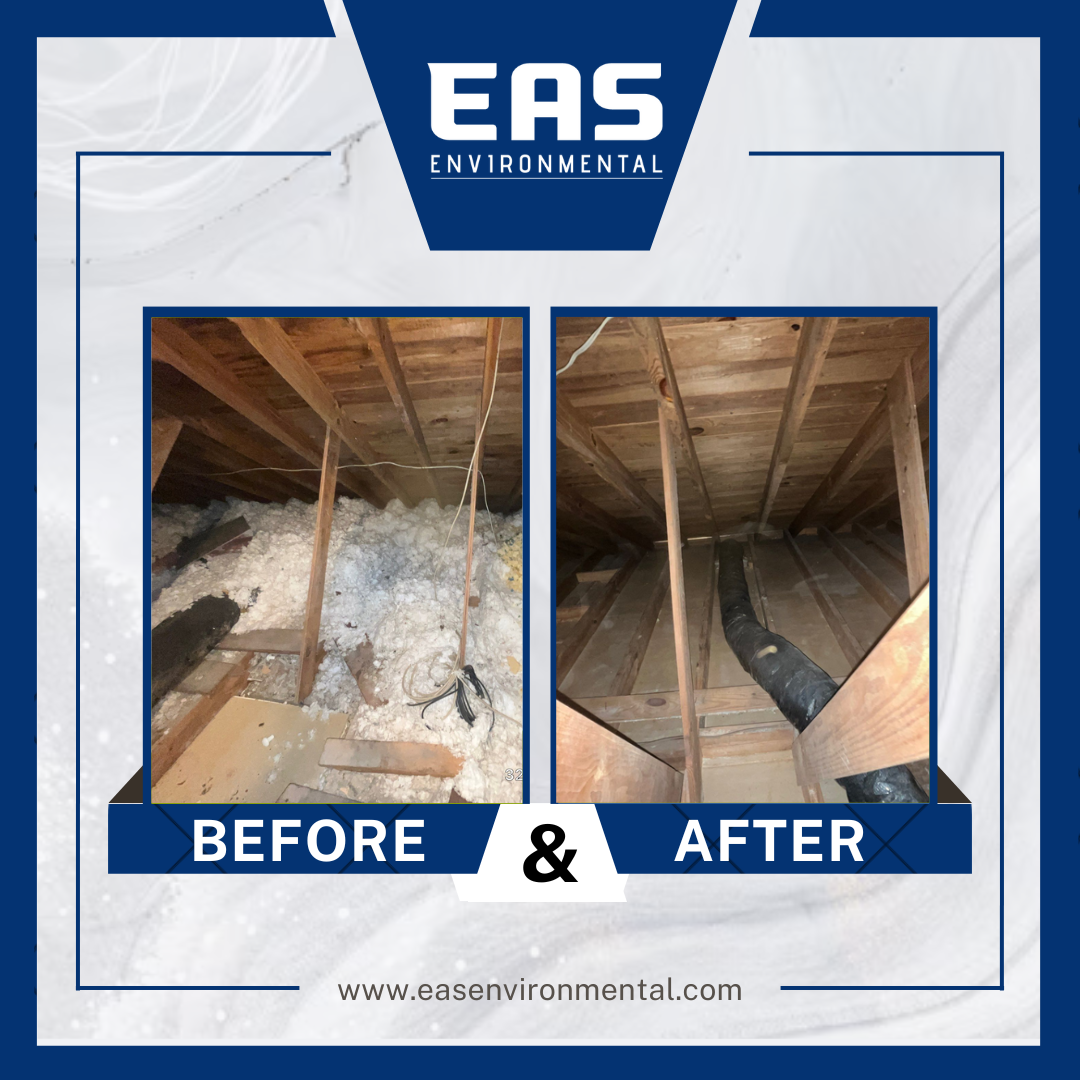
Got a Question? We’re Here to Help.
You can arrange an appointment or make an enquiry by phone or email, orget in touch to us via our contact form.

